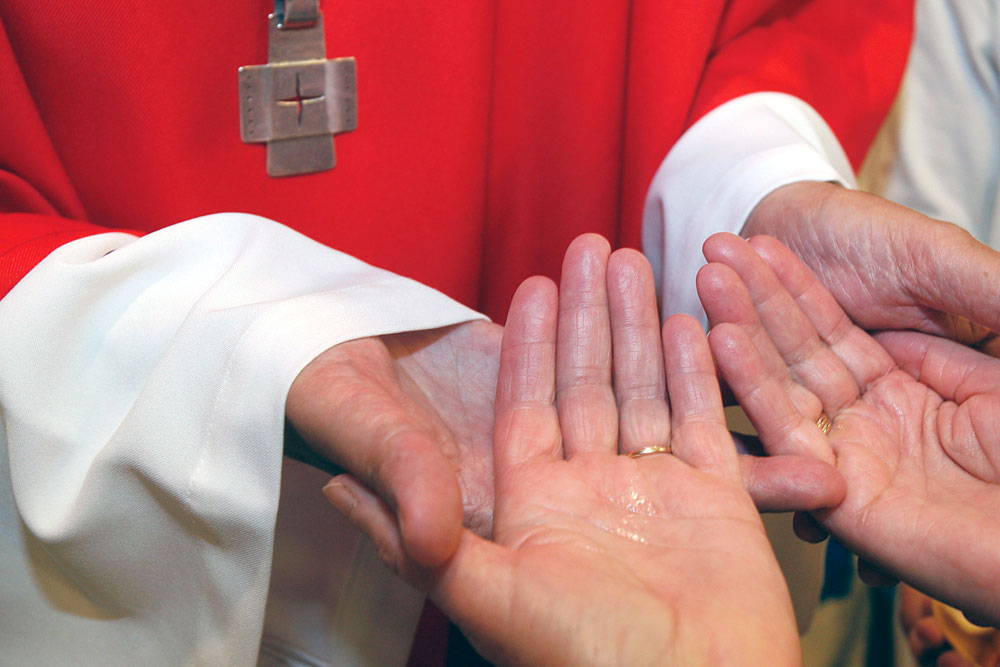In the Church’s Sacrament of Anointing of the Sick, through the ministry of the priest, it is Jesus who touches the sick to heal them from sin – and sometimes even from physical ailment. His cures were signs of the arrival of the Kingdom of God. The core message of his healing tells us of his plan to conquer sin and death by his dying and rising.
The Rite of Anointing tells us there is no need to wait until a person is at the point of death to receive the Sacrament. A careful judgment about the serious nature of the illness is sufficient.
When the Sacrament of Anointing of the Sick is given, the hoped-for effect is that, if it be God’s will, the person be physically healed of illness. But even if there is no physical healing, the primary effect of the Sacrament is a spiritual healing by which the sick person receives the Holy Spirit’s gift of peace and courage to deal with the difficulties that accompany serious illness or the frailty of old age.
~from the United States Catholic Catechism for Adults | en español
Pray
Learn
- Explore the USCCA to learn about the liturgy for the Anointing of the Sick and its effects within the community and the life of the sick. | en español
- Respecting the Dignity of the Human Person at the End of Life
Act
- Anointing of the Sick: Joined to Christ, Witnesses of Hope and Healing | en español
- The Corporal Works of Mercy include visiting the sick and burying the dead.
- The Spiritual Works of Mercy include praying for the living and the dead.

